Apple MacBook Pro 15in (2018) review: Power never looked so good
Apple takes its rivals to school with a truly outstanding laptop
Apple’s latest 15in MacBook Pro is one of the best laptops we’ve ever tested, and our favourite to boot. Combining raw power with stylish portability, it’s everything you could ever want in a 15in notebook.
-
+
Gorgeous looks; Superb performance; Excellent display quality
-
-
Touch Bar and Siri are still a little pointless

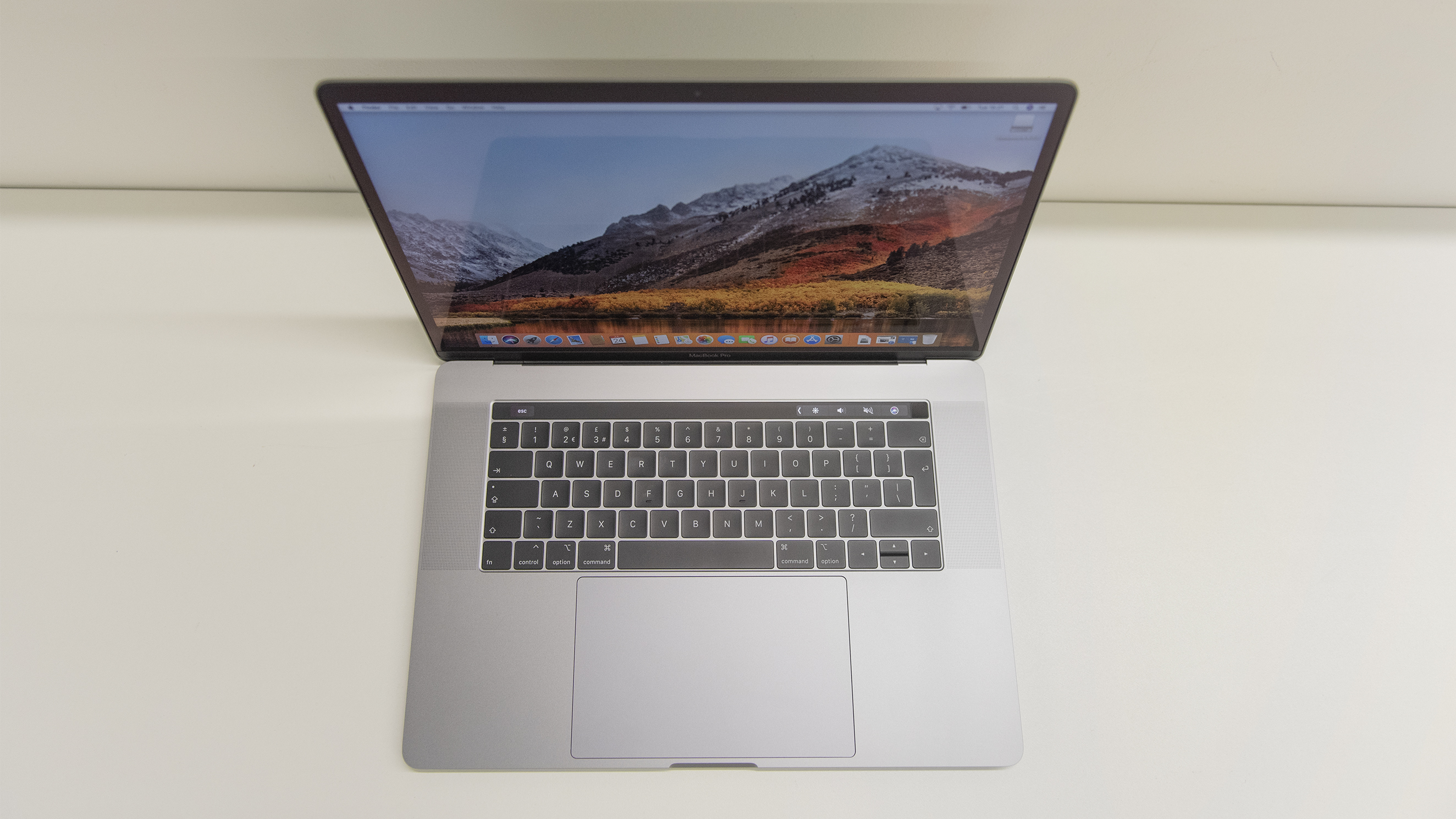
Aerial shot of the Apple MacBook Pro 15in (2018) showing the keyboard and Force Touch trackpad
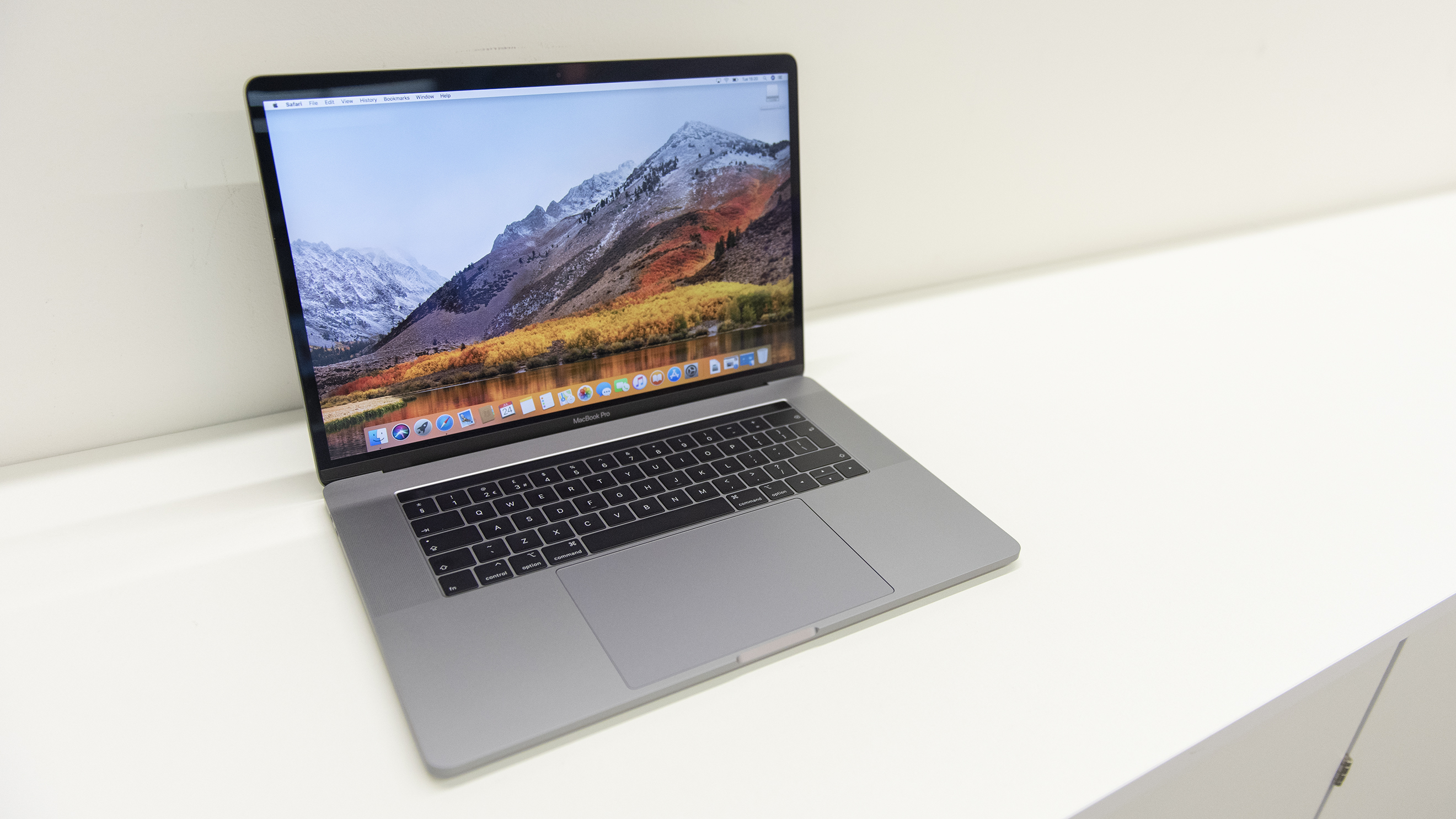
The Apple MacBook Pro 15in (2018) with the lid open
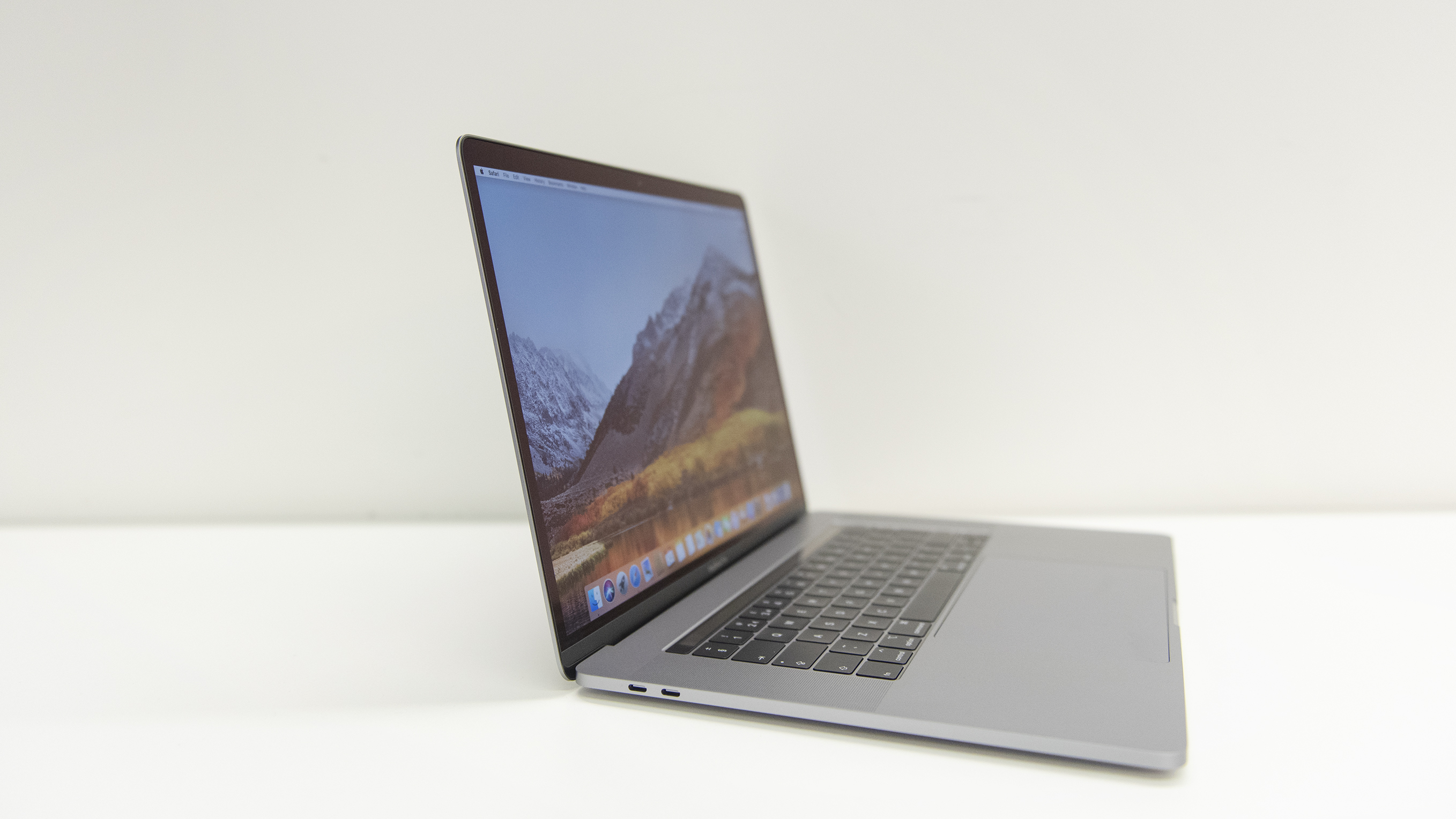
The Apple MacBook Pro 15in (2018) from the side with the lid open
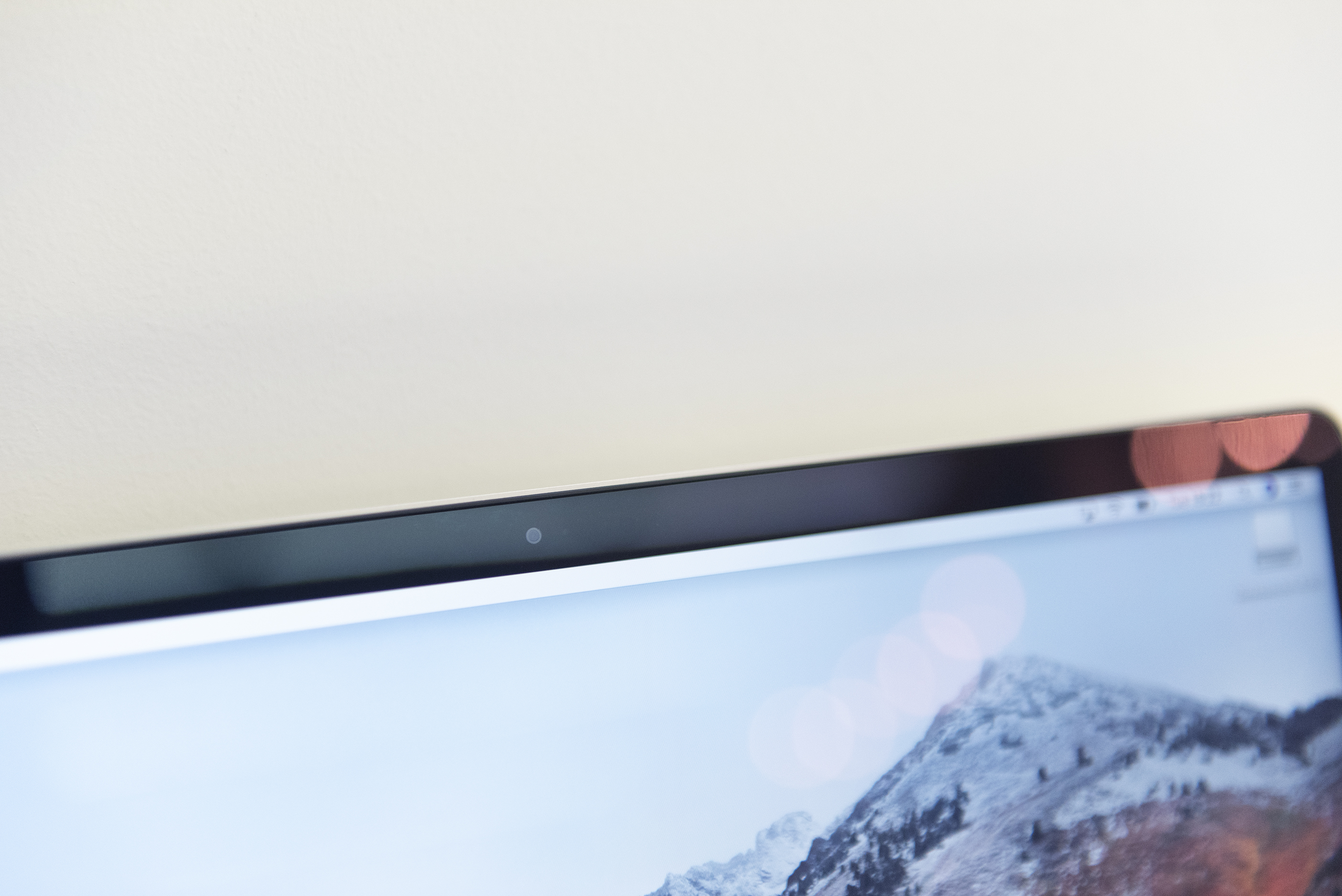
The Apple MacBook Pro 15in (2018) FaceTime HD camera
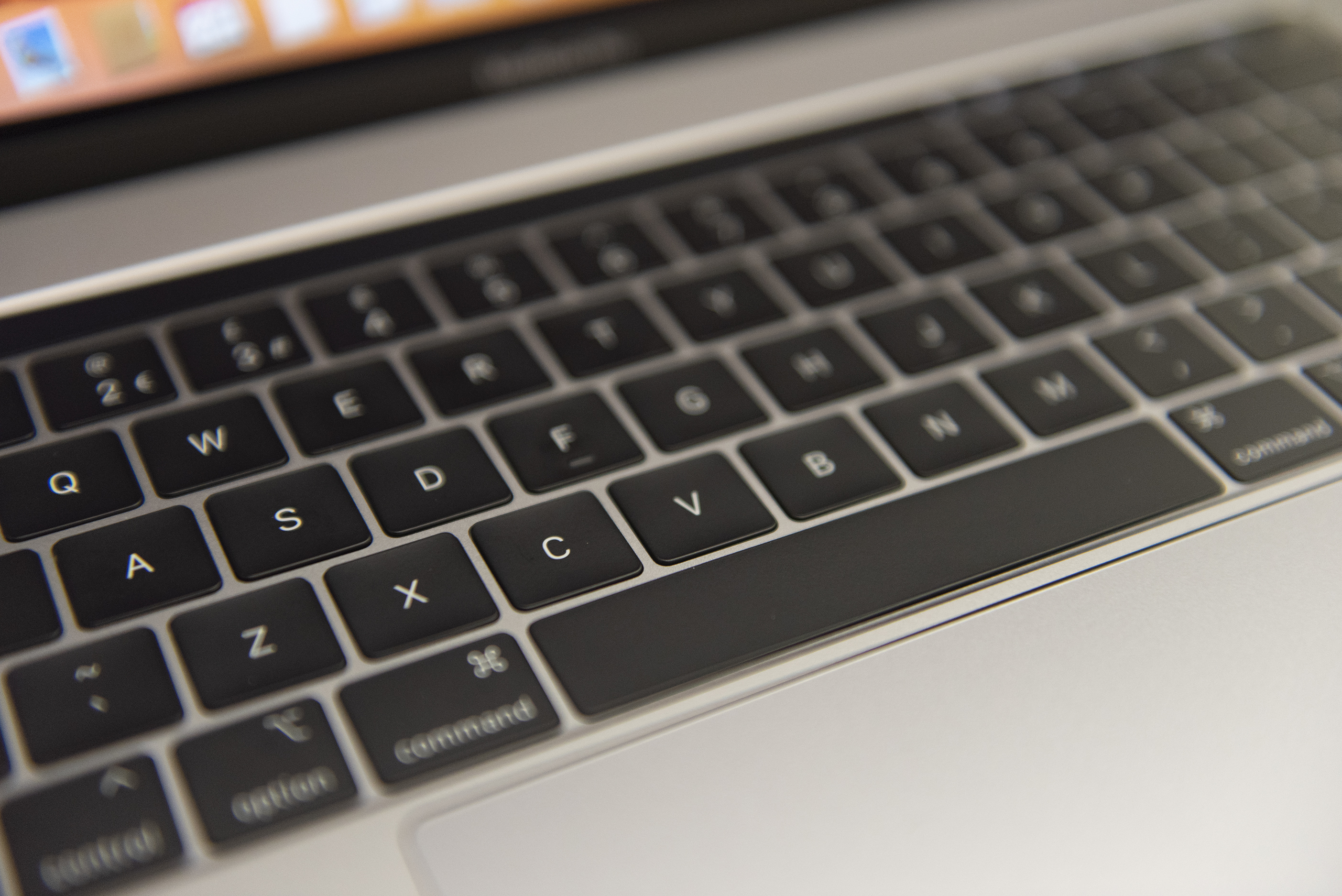
Close-up of the Apple MacBook Pro 15in (2018) keyboard
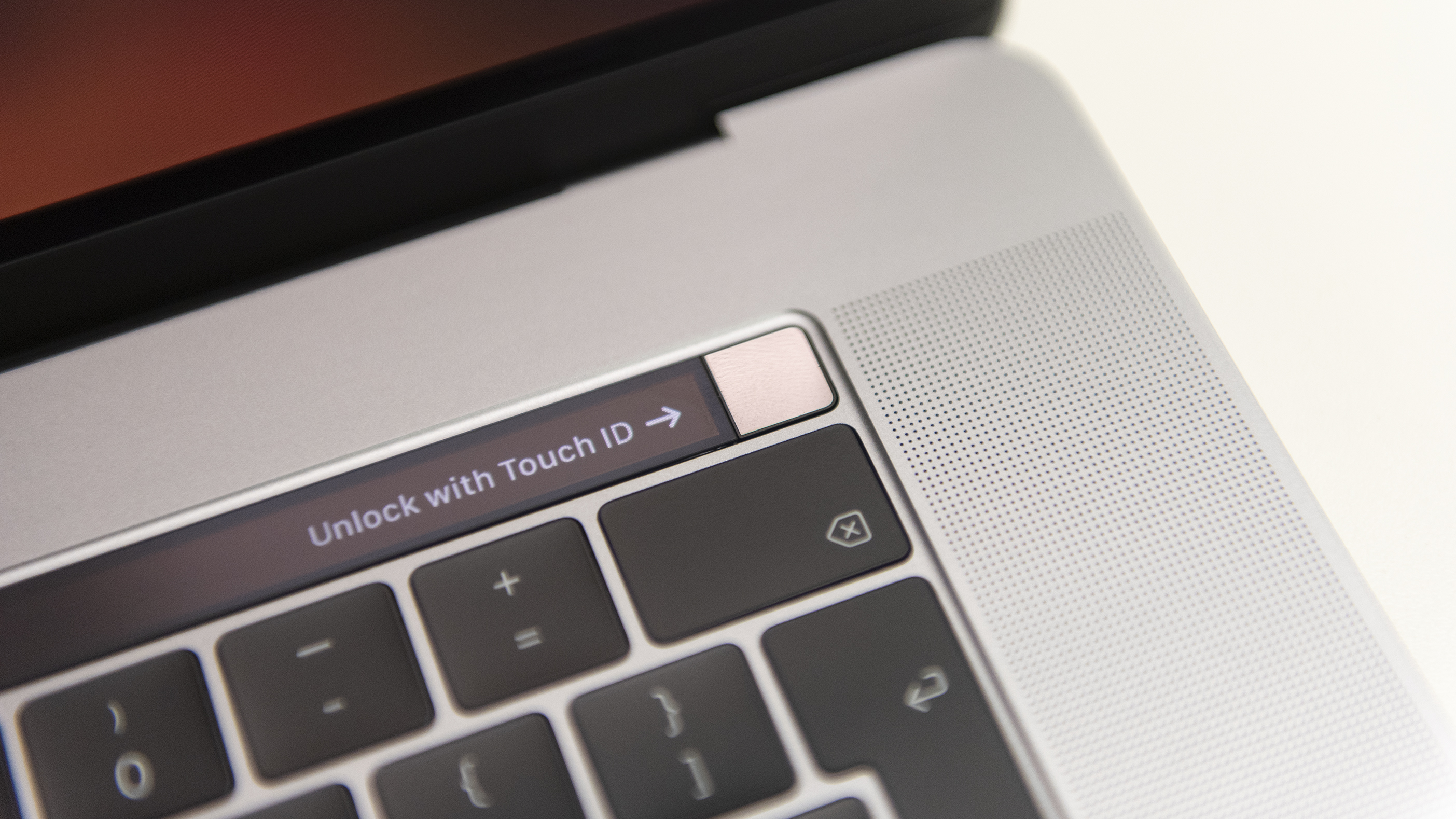
Close up of the Apple MacBook Pro 15in (2018) Touch ID button
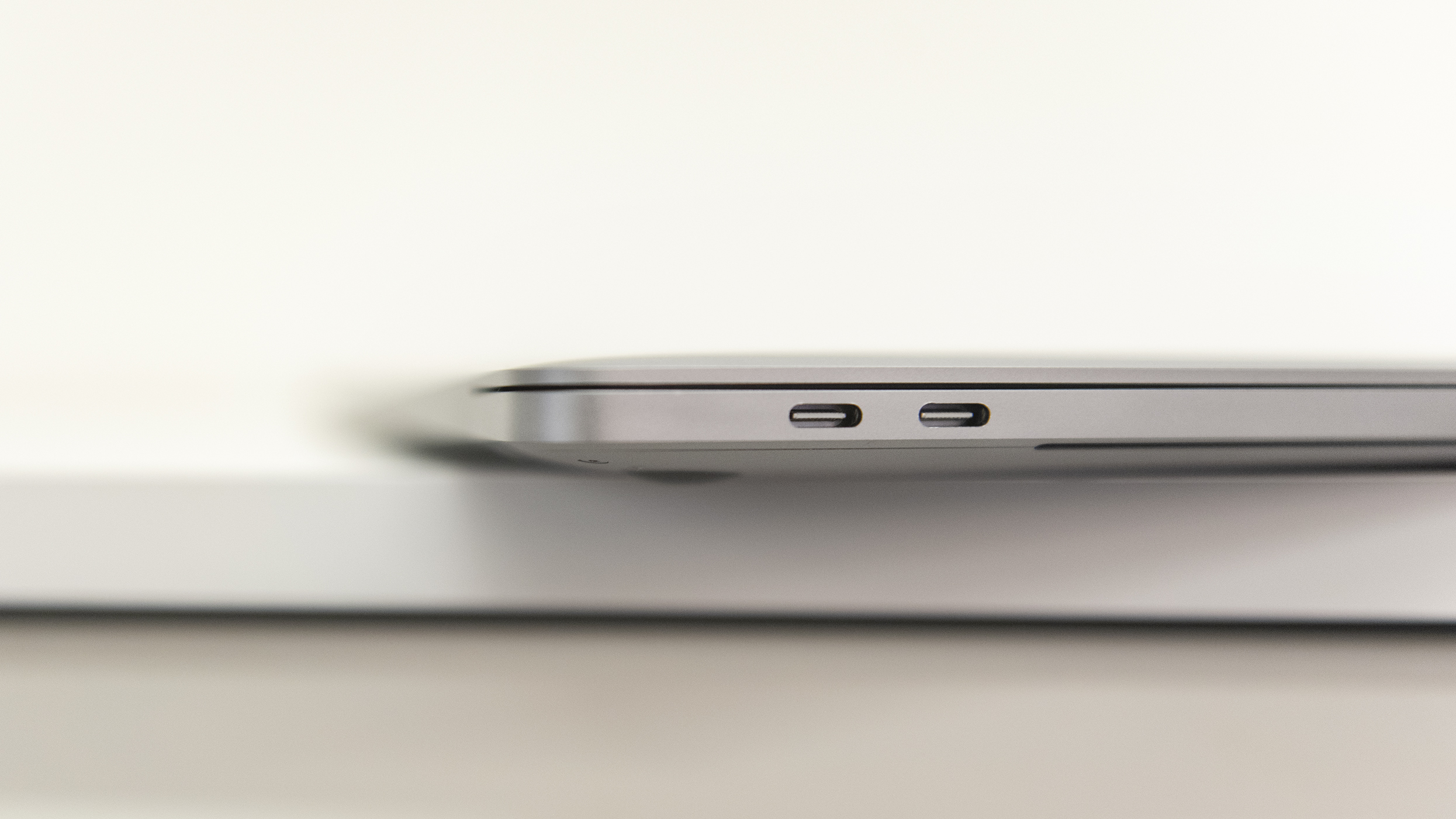
Close up of the ports on the left-hand side of the Apple MacBook Pro 15in (2018)
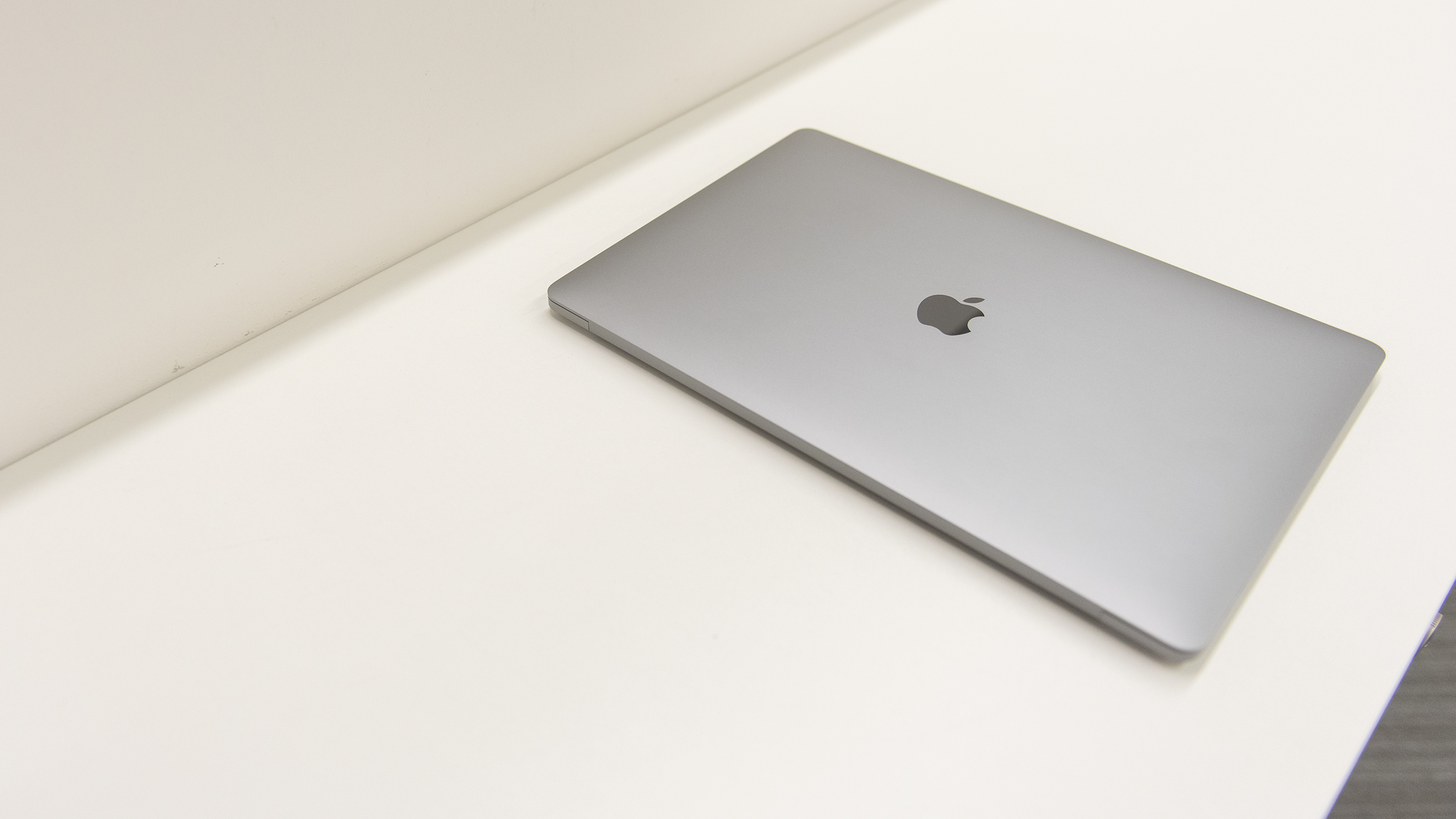
The Apple MacBook Pro 15in (2018) with the lid closed
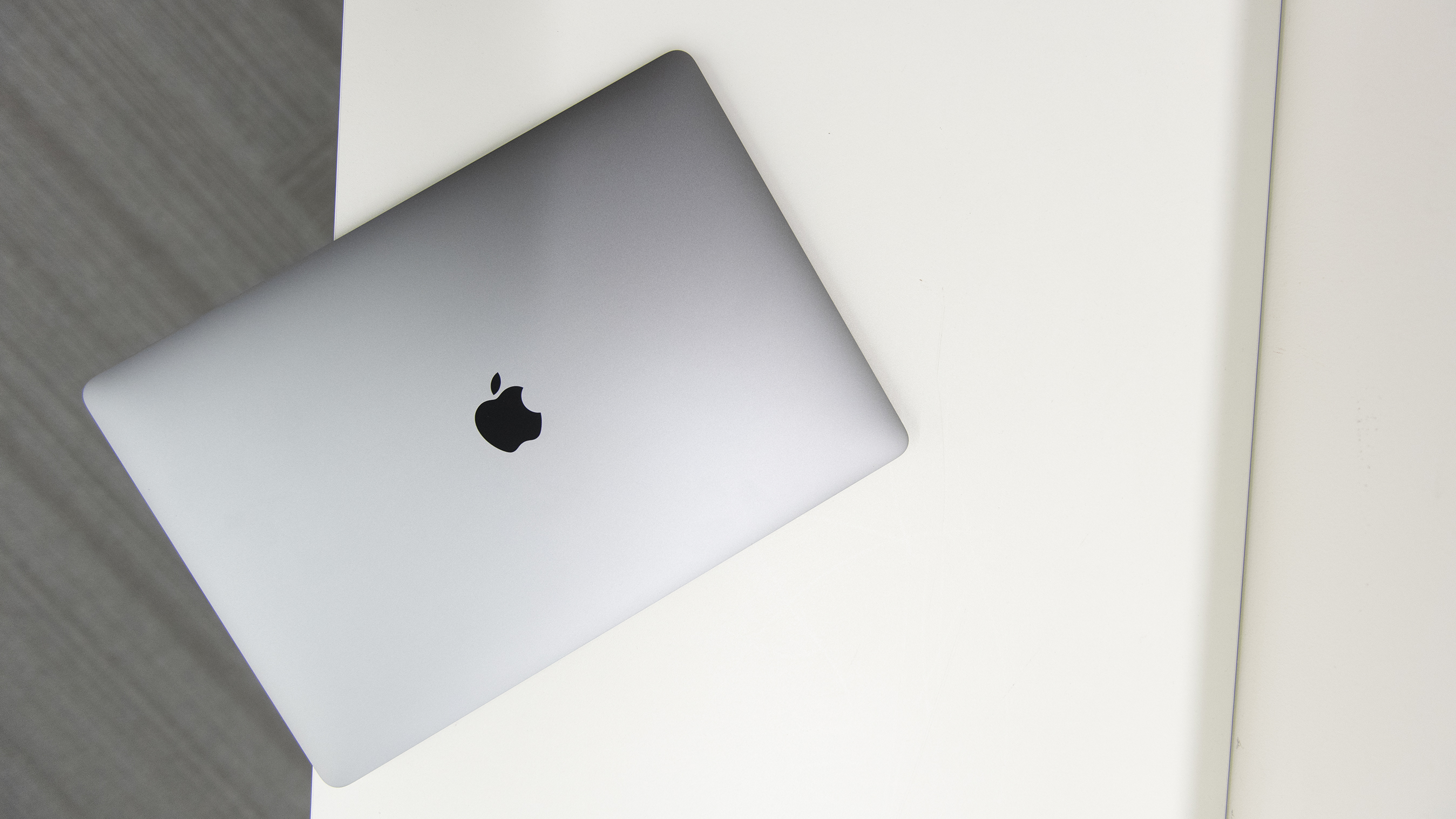
Aerial shot of the Apple MacBook Pro 15in (2018) with the lid closed
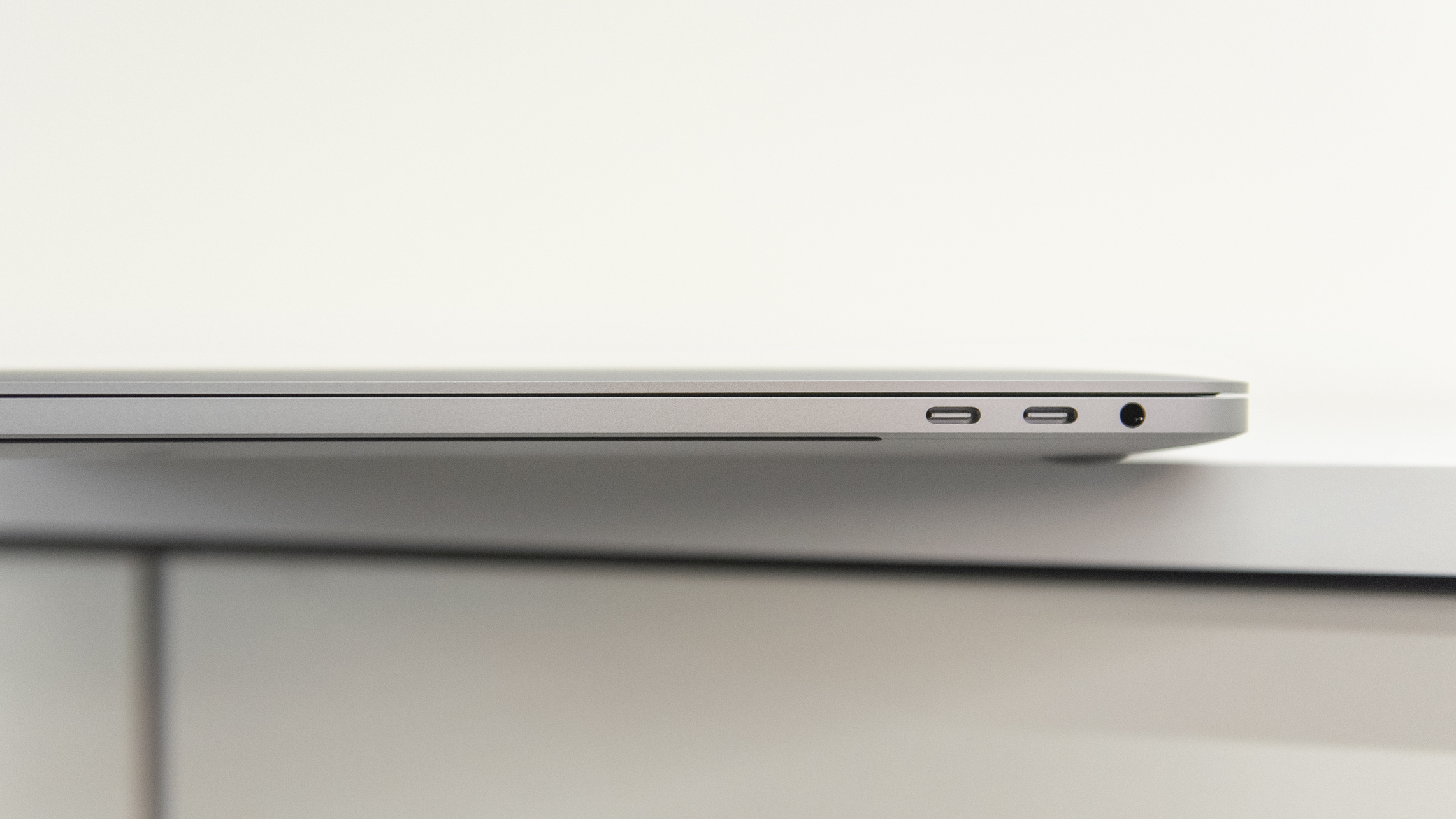
Close up of the ports on the right-hand side of the Apple MacBook Pro 15in (2018)
The Apple MacBook Pro's stylish line of professional-grade notebooks has long been the port of call for anyone looking for solid performance delivered in red carpet style (barring some slight hiccups with the 2017 model's keyboard). For years models have come and gone and every time they've impressed, offering unrivalled power and beautiful, contemporary design.
2018's model is delivered with a modest amount of new additions, all hardware, all of them interesting, and each of them just as significant as the last making this the most tantalising model yet. Read on to see what we make of Apple's bigger, badder 15-inch model to see if all the new additions are worth writing home about.
Apple MacBook Pro 15in (2018) review: Design
The timeless MacBook design has gone unchanged from the previous iteration, not that it needed to. Still sexy and sleek, it sports the 2017 model's chassis and if it followed in the iPhone's naming evolution, it would be the MacBook Pro 4S.
The design is truly minimalist with clean-cut lines and with a total absence of the unnecessary. But even though the design is simple and wastes no space, it still strikes you as something took a great deal of time to perfect and it's unquestionably the most aesthetically pleasing laptop we've ever tested.

It may be 1.6cm thick and 1.8kg heavy, but it's still perfectly portable and fits easily in any reasonably sized bag without being too overbearing. It's not quite as portable as the LG Gram but it's much more slender than other 15in laptops including the Surface Book 2 and Dell XPS 15. On the plus side, Apple's signature aluminium unibody chassis maintains its feeling of high-quality, sturdy reliability.
Apple MacBook Pro 15in (2018) review: Keyboard and Trackpad
One of the comparatively few changes Apple has made to the most recent iteration of the MacBook Pro is a new keyboard, which now features a membrane underlay between the keycaps and the butterfly switches. This is supposedly to make the keys quieter (because heaven knows the previous model was all but deafening) but is in actuality designed to prevent dust and other particulate matter gumming up the keyboard - an issue which has caused widespread hardware failures.
While we didn't think there was much of a difference at first, it's immediately apparent when you compare it side-by-side with the previous model that it is noticeably quieter. Unfortunately, it has made the feedback a little bit less defined, but it's still a total joy to use and is firmly in our top three keyboards ever. The addition of this protective measure should also ensure that the newer MacBook Pros have a longer lifespan than their predecessors, which is definitely good news.
The trackpad also remains unchanged - it's still huge and expansive, with great feedback and excellent gesture support. Other manufacturers, take note: this is how all trackpads should be.
Apple MacBook Pro 15in (2018) review: Display
Aside from higher overall specifications, the main reason to pick up the 15in MacBook Pro over its 13in cousin is the extra screen real-estate that comes with an increased footprint. Sure enough, the 15.6in panel feels vast, with plenty of room for multiple windows and the 2,880 x 1,800 Retina IPS panel ensures that everything looks smooth and crisp.
Apple has finally incorporated its True Tone display technology into the MacBook Pro. First seen on the iPad Pro, this technology uses a number of sensors to measure the ambient lighting conditions in your surroundings and automatically adjust the white balance of the MacBook Pro's screen to ease eye-strain from staring at the screen. However, if you're a photo editor or graphic designer, you'll want to turn this off pretty sharpish, as it'll play havoc with the colour accuracy of the display.

With True Tone disabled, the screen is predictably outstanding from a technical standpoint. Out of the box, the screen is set to a custom colour space, which Apple refers to as simply 'Colour LCD' in the display settings but seems to map almost identically to the DCI-P3 colour space. It's virtually perfect, too - it covered 99% of the DCI-P3 colour space according to our tests, and the rich, vivid colours are a sight to behold. A scorching brightness of 445cd/m2 and superb 1,409:1 contrast ratio is simply the icing on the cake.
Apple MacBook Pro 15in (2018) review: Specs and hardware
All of these changes are interesting, but the really cool updates that Apple has made to the MacBook Pro are under the hood. Jony Ive and co have been hard at work ensuring that this year's model is the fastest MacBook ever built and to put it bluntly, they've knocked it out of the park.
Before we dive into the specifics of how it did in our tests, let's take a minute to look at Apple's typically byzantine configuration options. There are two base specifications available, the details of which you'll find in the table below.
| Row 0 - Cell 0 | Option 1 - 2,349 | Option 2 - 2,699 |
| Processor | Hexa-core 2.2GHz Intel Core i7 | Hexa-core 2.6GHz Intel Core i7 |
| GPU | Radeon Pro 555X 4GB | Radeon Pro 560X 4GB |
| RAM | 16GB | 16GB |
| Storage | 256GB SSD | 512GB SSD |
There are various upgrade options available too, the most notable of which is the ability to bump the processor up to a hexa-core Core i9 beast, with a base clock speed of 2.9GHz. You can also upgrade the storage allocation to a maximum of 4TB and increase the memory to 32GB. If you opt for the cheaper base configuration, you can also upgrade the GPU to the more powerful Radeon Pro 560X.
Our review unit is the top-end model, which includes the aforementioned 2.9GHz hexa-core Intel Core i9-8950HK, along with 32GB of RAM, a whopping 4TB SSD and an AMD Radeon Pro 560X with 4BG of GDDR5 RAM. This monster configuration carries an equally monstrous price, though; 5,174, to be precise - and that's excluding VAT.

That's an alarmingly large number, but put down the torch and pitchfork - it's not as bad as it looks. Almost 3,000 of that figure is the 4TB SSD. Go for the entry-level 512GB drive, and the price comes down to a much more reasonable 2,774 (excluding VAT). That's still not small change but bear in mind that it does buy you some seriously impressive performance.
Apple MacBook Pro 15in (2018) review: Performance
This is amply demonstrated by its scores in our benchmark tests. Our demanding 4K benchmarks saw it rack up an absolutely bonkers score of 173 - considerably ahead of its predecessor's score of 138, and way ahead of even Dell's superb XPS 15 2-in-1. This is a seriously quick machine, and Apple's not kidding when it says it's the fastest MacBook ever.
It's not here to play, either; this is a workhorse through and through, and it proves it in our workstation benchmarks. It beat out the Dell Precision 5820 - a professional desktop workstation that costs more than 2,500 - in the CineBench CPU rendering test, and also scored well in the GeekBench tests, beating the mighty iMac Pro in single core operations.
It can't quite rival top-end desktop workstations like the Scan 3XS WI6000 Viz or the Armari Magnetar S16T-RW1000G2 when it comes to GPU-based rendering, but that's hardly surprising given that the MacBook Pro is using a mobile graphics chip compared to full-sized graphics cards. The fact that it's even being considered in the same ballpark is a testament to how capable it is when it comes to enterprise workloads.
Apple MacBook Pro 15in (2018) review: Battery life
Apple has increased that battery capacity for this year's MacBook Pro range, in an effort to maintain the same battery life as the previous generation. This was always going to be a big ask considering the power-hungry components it's using, and sadly Apple hasn't quite managed to pull it off. The 15in MacBook Pro from 2017 had a battery life of just under 9hrs, but the new version only manages 8hrs 1min.

On the other hand, this is no mean feat given that's the 2018 edition has a hexa-core i9 chip and a Radeon Pro GPU hammering away inside it; the fact that a workstation-grade laptop will do a full day of work on battery power alone is pretty damn impressive.
Apple MacBook Pro 15in (2018) review: Ports and features
This iteration of the MacBook Pro is predominantly specs-focused, which means there isn't a huge amount of new features to talk about. Aside from the aforementioned True Tone display and the new 'quieter' keyboard, there's nothing new on show here.
The biggest feature is still the OLED Touch Bar, but it's still more luxury than necessity - while we found ourselves using it intermittently, it's not really that much more convenient than using the traditional shortcuts and navigation methods. Unlike it's smaller 13in stablemate, there's no non-Touch Bar configuration available, so if you're not a fan, you'll simply have to deal with it.
As with the previous incarnation, connectivity comes courtesy of four Thunderbolt 3 USB-C ports and just like last year's model, you'll want to invest in a dock of some kind in order to get the maximum benefit from this setup. Otherwise, you'll be left faffing around with adapters and dongles any time you want to connect any peripherals.
There is one other new feature; the MacBook Pro now supports iOS-style 'Hey Siri' voice-activation. However, we're not really sure why Apple bothered to include it. Voice commands for computers were pointless when Microsoft introduced them with Cortana, and they're just as pointless here.
Apple MacBook Pro 15in (2018) review: Verdict
Just when you think the competition might be starting to catch up to Apple, it manages to wow us all over again. The 15in MacBook Pro is the best professional-grade notebook, bar none. It's got power in spades, and it's wrapped up in the best-looking package ever to grace a desk.

It's also not as expensive as you might think. Sure, the top-end configuration is still the best part of 3,000, but that's about what you'd pay for a top-end mobile workstation from any other manufacturer, and frankly, none of them is a patch on the MacBook Pro.
It's speedy, stunning and not as horrendously overpriced as it initially appears. In short, if you're looking for the perfect 15in workstation, you've found it.
Verdict
Apple’s latest 15in MacBook Pro is one of the best laptops we’ve ever tested, and our favourite to boot. Combining raw power with stylish portability, it’s everything you could ever want in a 15in notebook.
| Processor | 2.9GHz Intel Core i9-8950HK |
| RAM | 32GB |
| Dimensions | 349 x 240 x 18.3 mm |
| Weight | 1.83kg |
| Screen size | 15.4in |
| Screen resolution | 2880 x 1800 |
| Graphics adaptor | AMD Radeon Pro 560X |
| Total storage | 4TB SSD |
| Operating system | macOS |
Get the ITPro daily newsletter
Sign up today and you will receive a free copy of our Future Focus 2025 report - the leading guidance on AI, cybersecurity and other IT challenges as per 700+ senior executives

Connor Jones has been at the forefront of global cyber security news coverage for the past few years, breaking developments on major stories such as LockBit’s ransomware attack on Royal Mail International, and many others. He has also made sporadic appearances on the ITPro Podcast discussing topics from home desk setups all the way to hacking systems using prosthetic limbs. He has a master’s degree in Magazine Journalism from the University of Sheffield, and has previously written for the likes of Red Bull Esports and UNILAD tech during his career that started in 2015.
-
 ‘Phishing kits are a force multiplier': Cheap cyber crime kits can be bought on the dark web for less than $25 – and experts warn it’s lowering the barrier of entry for amateur hackers
‘Phishing kits are a force multiplier': Cheap cyber crime kits can be bought on the dark web for less than $25 – and experts warn it’s lowering the barrier of entry for amateur hackersNews Research from NordVPN shows phishing kits are now widely available on the dark web and via messaging apps like Telegram, and are often selling for less than $25.
By Emma Woollacott Published
-
 Redis unveils new tools for developers working on AI applications
Redis unveils new tools for developers working on AI applicationsNews Redis has announced new tools aimed at making it easier for AI developers to build applications and optimize large language model (LLM) outputs.
By Ross Kelly Published
-
 Google layoffs continue with "hundreds" cut from Chrome, Android, and Pixel teams
Google layoffs continue with "hundreds" cut from Chrome, Android, and Pixel teamsNews The tech giant's efficiency drive enters a third year with devices teams the latest target
By Bobby Hellard Published